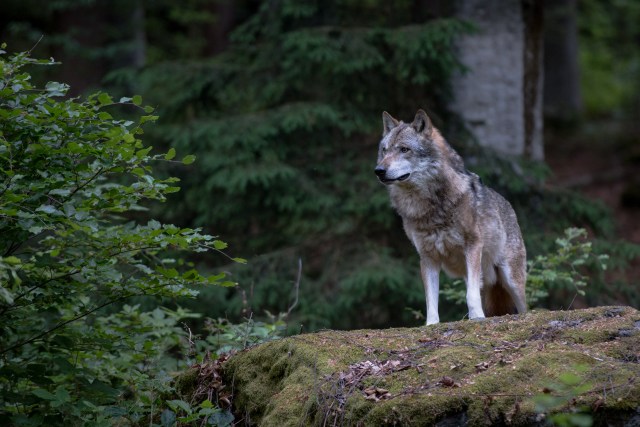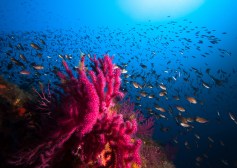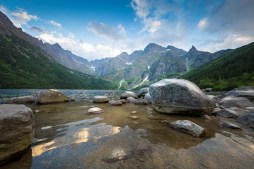Celebrating Triumphs: The Most Successful Wildlife Preserve Projects Ever
Wildlife preserves play a crucial role in conserving biodiversity and protecting endangered species. Across the globe, various projects have emerged as shining examples of successful conservation efforts. In this article, we celebrate some of the most impactful wildlife preserve success stories that not only highlight the importance of preserving natural habitats but also inspire future conservation initiatives.
The Rebirth of Grey Wolves in Yellowstone National Park
One of the most celebrated success stories involves the reintroduction of grey wolves to Yellowstone National Park in 1995. After being absent for nearly 70 years, their return helped to restore balance to the ecosystem by regulating elk populations and allowing vegetation to thrive. This project demonstrated how apex predators can positively impact biodiversity and has garnered widespread support for similar initiatives elsewhere.

Restoration Efforts at the Central Amazon Conservation Complex
In Brazil, the Central Amazon Conservation Complex serves as a remarkable example of large-scale habitat preservation. Established in 2003, it encompasses over three million hectares and protects critical ecosystems such as rainforests and wetlands. Collaborative efforts between government agencies, NGOs, and local communities have led to significant reductions in deforestation rates while fostering sustainable development practices that benefit both nature and local populations.
The Success Story of Chobe National Park in Botswana
Chobe National Park is renowned for its diverse wildlife, including one of Africa’s largest elephant populations. Over the years, concerted efforts have been made to combat poaching and promote eco-tourism within the park. By engaging local communities through benefits from tourism revenue sharing, Chobe has not only enhanced its wildlife protections but also created economic opportunities that encourage stewardship of natural resources.
Creating Safe Havens: The Story Behind Chernobyl’s Wildlife Refuge
Surprisingly, one remarkable success story lies within an area once feared due to nuclear disaster—the Chernobyl Exclusion Zone. Since its abandonment by humans in 1986, this region has transformed into a thriving wildlife refuge where species like wolves, deer, and rare birds flourish without human interference. This unintentional preserve highlights nature’s resilience while prompting discussions about human impact on ecosystems across various landscapes.
Successful Rehabilitation Programs: The Black-footed Ferret Project
The black-footed ferret was declared extinct in the wild during the 1980s due to habitat loss and disease outbreaks affecting prairie dog populations—their primary food source. However, through captive breeding programs initiated by organizations like U.S. Fish & Wildlife Service coupled with habitat restoration efforts across several states such as Wyoming and South Dakota since then revived their population back into safe habitats—demonstrating effective collaboration among scientists and conservationists leads toward remarkable recoveries.
These success stories remind us that dedicated conservation efforts can yield significant results not just for individual species but for entire ecosystems as well. By learning from these triumphs—and continually adapting our strategies—we can work together towards creating a more sustainable future where wildlife thrives alongside humanity.
This text was generated using a large language model, and select text has been reviewed and moderated for purposes such as readability.


